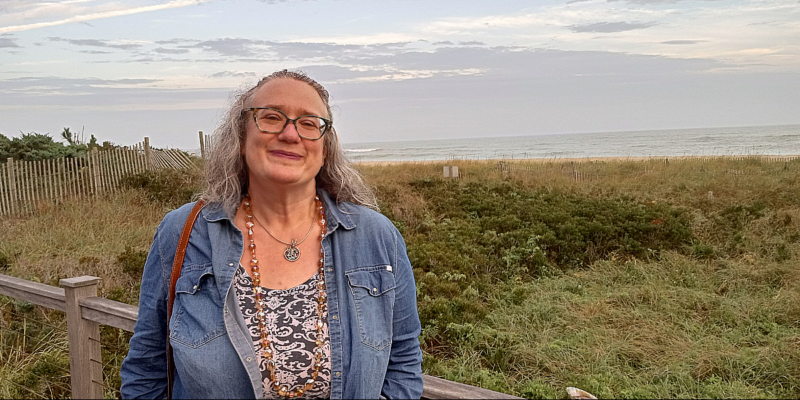Report Finds More Fines Issued Here
Pointing to statistics showing businesses in other boroughs-especially Queens-are inspected and receive more fines than ones in Manhattan, the city’s public advocate declared there is a mandated “borough-bias” last Monday, Feb. 26 during a press conference in Richmond Hill.

Bill de Blasio released a report last week titled “Borough Bias: How the Bloomberg Administration Drains Outer Borough Businesses,” which claimed fine revenue from the Department of Consumer Affairs (DCA) and Department of Health (DOH) on Queens businesses has risen by more than $50 million between fiscal years 2002 and 2012. The public advocate, after mentioning target revenue numbers that the city aims for, said Mayor Michael Bloomberg orders the department officisal to issue the penalities.
“When I look at this neighborhood,” said de Blasio, while pointing to stores along Jamaica Avenue, “I see wonderful stores where families make their livelihood, but Mayor Bloomberg only sees a place to get more revenue. When he sees all these stores, he sees dollar signs, but not dollar signs for the owners of these stores-dollar signs for the city coffer.”
Requests for comment from both departments were redirected toward the mayor’s office. Bloomberg was reported as dismissing de Blasio’s findings, pointing to population differences between the five boroughs.
“Manhattan’s population is 1.5 million out of 8.4 million, so that shouldn’t be a surprise that there are more places to inspect,” he said, according to published media reports.
De Blasio’s report found that Queens businesses are inspected 16 percent more often than Manhattan’s, and receive 22 percent more fines from Department of Consumer Affairs.
De Blasio said the businesses in Queens have been treated like the city’s ATM. Of the 10 neighborhoods issued the highest number of Health Department violations, seven are in Queens, according to the report.
Richmond Hill, where de Blasio delivered his address, was one of the hardest hit areas in the city, fined three times the city average, he said. Because many of these business owners work long hours, and more than the traditional five days, going to court and fighting fines is out of the realm of possibility.
Andy Jarbandhn, a business owner on Liberty Avenue, said he’s been fined over issues he had never been informed of.
“It seems we’re being led down a dark alley where we have no idea what the rules are,” he said.
Paul Capocasale, who said he had 30 years under his belt as businessman in the area, said many of the fines can be attributed to the lack of organization and information that many immigrants in Queens are work under.
“They’re first-generation with the least resistance,” he said.
In the past, according to de Blasio, the mayor has told him if he didn’t have the fines, then taxes would have to be raised.
“But this was a hidden tax,” the public advocate said.
“It was a systematic decision,” he added. “It’s a budget mandate. In the last five city budgets, in theses agencies you see projected amount of money from fines projected higher every year by a lot. Whether it’s a quota system or something else, it’s clearly an order to the inspectors to bring back more revenue.”































